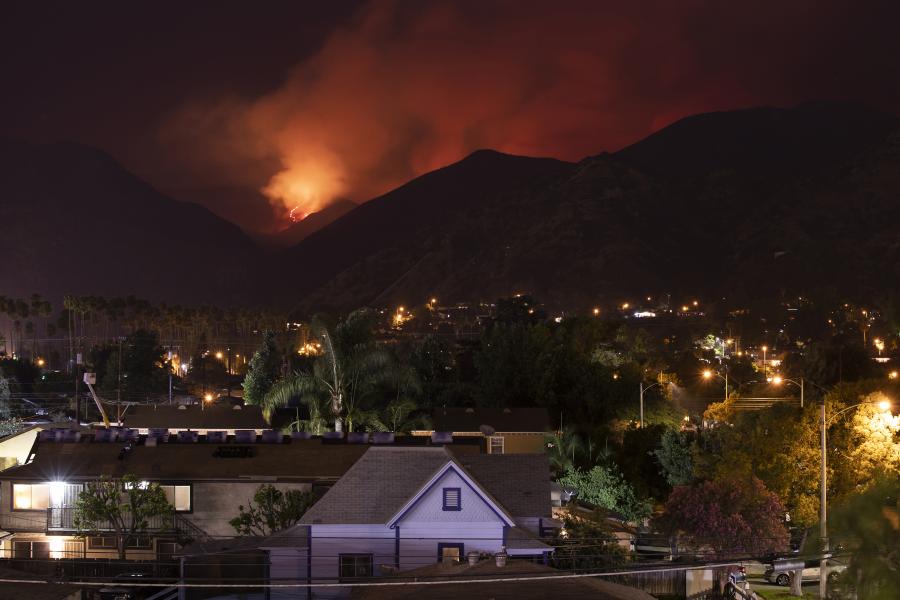- Name
- Johns Hopkins Media Relations
- jhunews@jhu.edu
- Office phone
- 443-997-9009
More than 97,000 U.S. structures have been destroyed since 2005 by wildfires such as the currently raging California Mosquito Fire, and tens of billions of dollars are invested every year in fire safety in building construction, according to the National Fire Protection Association.
A Johns Hopkins civil and systems engineer is studying new approaches to designing structures that only make them safer but also more economical. These approaches also enable more efficient use of materials and resources.

Image caption: Thomas Gernay
"In terms of impact, this research will contribute to reducing the toll of fire on people, property, and the environment by producing the knowledge and tools that can enhance performance-based design approaches to structures," said Thomas Gernay, an assistant professor in the Department of Civil and Systems Engineering. Gernay is the co-author of SAFIR, an innovative software used by institutions, engineers, and researchers worldwide to model and predict a structure's response to fire. He is also founder and leader of the Johns Hopkins Multi-Hazard Resilient Structures research group and a fellow at the Hopkins Extreme Materials Institute.
The research is supported by a three-year, $300,000 grant from the National Institute of Standards and Technology.
Unlike traditional building codes that dictate how structures should be designed for fire safety, performance-based design, or PBD, gives engineers design flexibility—as long as fire safety objectives are met. This approach has become increasingly popular with structural fire engineers because it allows them to use the science and principles of structural mechanics and heat transfer to simulate and predict how structures will hold up when subjected to fire, exploring the performance of a variety of designs.
However, a lack of data on the approach's possible economic benefits is standing in the way of its wider adoption. Gernay hopes his project results will fill that void.
"By providing cost assessment and evaluation of case studies to complement forthcoming design methods, the project will support new approaches to fire design in building codes for a more efficient use of resources in the U.S. construction industry," he said.
His project will include the development of a cost assessment method of evaluating PBD's economic impact, including construction costs, lifetime costs, and impact of the fire design on the speed of construction. He will also analyze case studies and conduct probabilistic numerical modeling to evaluate the fire performance and damage costs for various fire scenarios—work that will complement full-scale fire experiments previously conducted at the NIST National Fire Research Laboratory.
At the project's conclusion, Gernay will develop visuals, videos, and online tools aimed at sharing his results with building industry stakeholders to inform them of the performance and economic impacts of adopting this alternative fire design method.
"Performance-based fire design can bring benefits in terms of public safety, resilience, sustainability, and economy by enabling innovation, optimization, and an explicit assessment of the safety level of structures when subjected to fire," he said. "This project is expected to promote and accelerate adoption of PBFD in the U.S."
Posted in Science+Technology









